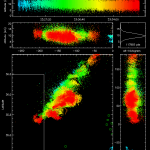
NSSL’s Field Observing Facilities Support (FOFS) team just finished installing seven new lightning mapping stations in the Oklahoma Lightning Mapping Array (OKLMA).

NSSL’s Field Observing Facilities Support (FOFS) team just finished installing seven new lightning mapping stations in the Oklahoma Lightning Mapping Array (OKLMA).
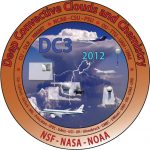
More than 100 researchers from NOAA and 29 other organizations are collaborating on a field project this spring to discover how thunderstorms act like elevators, taking pollution and water-rich air from the surface and lofting it straight up into the upper troposphere.

National experts from across the country met on the University of Oklahoma campus Dec. 13-15 to help America better prepare for and survive extreme weather.

NSSL has established a three-year joint research effort with the United Kingdom’s National Centre for Atmospheric Science (NCAS) to focus on hazardous and severe weather forecasts and warnings, and the design, development and use of weather radar systems.
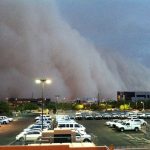
An NSSL algorithm developed in collaboration with Arizona’s Salt River Project (SRP) alerts the power company of the potential for a dust storm.
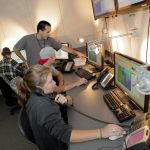
The NSSL/CIMMS Severe Hazards Analysis and Verification Experiment (SHAVE) are collecting hail, wind damage and flash flooding reports through phone surveys from now through mid-August.
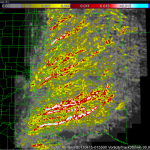
NWS forecasters will be evaluating a new weather-adaptive three-dimensional variational data assimilation (3DVAR) system from NSSL/CIMMS that automatically detects and analyzes supercell thunderstorms during the 2011 Experimental Warning Program in the Hazardous Weather Testbed.
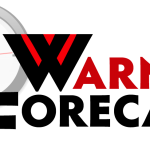
The first annual workshop for the Warn-on-Forecast project was held on 23 February 2011 in Norman, Oklahoma, on the University of Oklahoma campus.

NSSL’s fleet of mobile research facilities (excluding mobile radars) have been under Dave’s watchful eye and direction for decades.
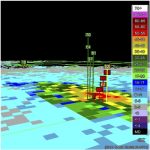
A team from NSSL completed the installation of NSSL’s real-time Multiple-Radar/Multiple-Sensor (MRMS) system at the FAA William J Hughes Technical Center in Atlantic City, N.J. last week.